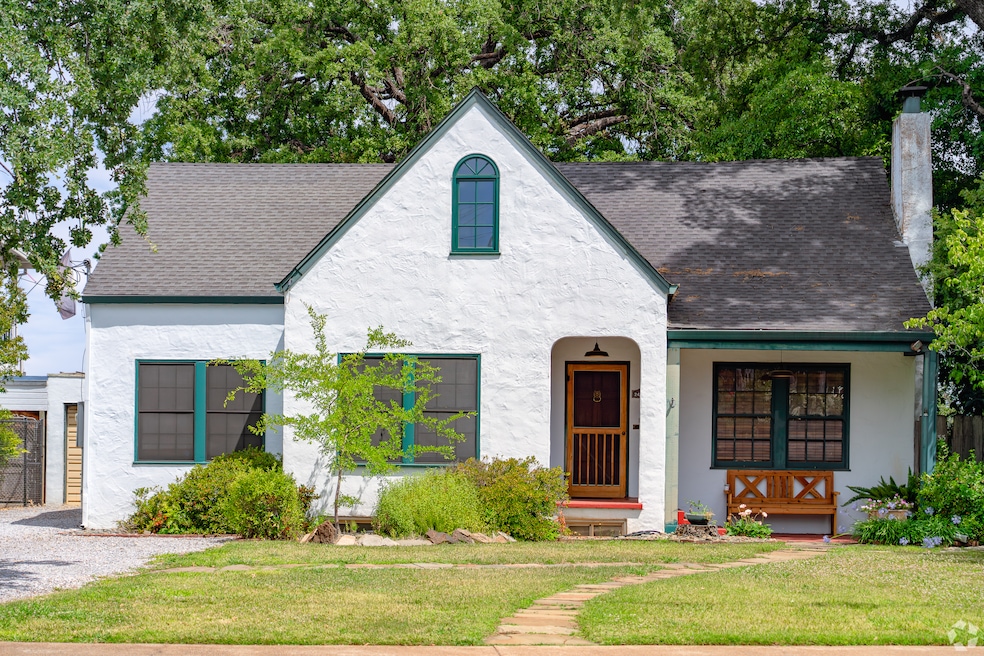The number of people buying homes by assuming sellers’ mortgages from one federal agency more than doubled over the past two years to get around persistently high mortgage rates.
The Federal Housing Administration, the agency within the U.S. Department of Housing and Urban Development that underwrites home loans, issued 5,861 assumable mortgages in 2024, up 127% from 2,578 in 2022. Buyers who take over the seller’s loan may have to come up with a substantial down payment, but they can also inherit a rate as low as 2% or 3%.
Conventional bank loans, which make up the largest share of the housing market, are not generally assumable, and the number of assumable mortgages represents a small share of total transactions. For example, the FHA helped about 800,000 people buy homes in a recent year, a far cry from the more than 5 million mortgages issued in 2024.
That’s valuable right now, as the average rate for a 30-year, fixed-rate loan remains above 6%. It’s been that way for almost three years, discouraging buyers. It’s also frustrating to sellers, who have ramped up the number of homes on the market in recent months but are having trouble finding customers.
“Assumable loans can be an attractive financing solution for buyers while enabling existing FHA borrowers to realize a premium when selling their home,” a HUD spokesperson said in an email, referring to the Federal Housing Administration.
Two other federal agencies, the U.S. Department of Veterans Affairs and the U.S. Department of Agriculture, also insure assumable mortgages but recent figures were not immediately available. When a buyer assumes a mortgage, they become responsible for the unpaid portion of the seller’s loan.
“The drawback is that property values have gone up quite a bit, and the loan that’s assumable would only be for a smaller portion of the purchase price,” Melissa Cohn, regional vice president at William Raveis Mortgage, told Homes.com. “If the mortgage is between three and five years old, there’s still going to be a big gap. The odds are you’re going to have to pay a sizeable down payment.”
Another downside of these loans is the longer waiting periods for banks to process them. Typically, it takes 30 days from the time a buyer signs a contract to buy a house to closing, Cohn said, but with assumable mortgages, it can take 45 to 60 days.
If rates remain high but home prices start to go down, the number of buyers opting to assume sellers’ mortgages could rise even more, she said. But if rates fall substantially, there won’t be as much incentive for this option.
“Let’s say rates drop by 1.5% in the next year or two,” she said. “The desire for them will go away because the difference between the rates won’t be that great.”

